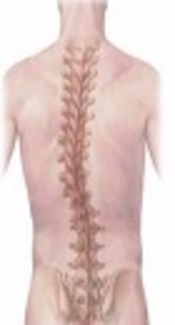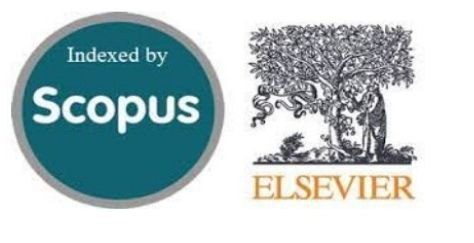Comparing Anthropometric Characteristics of Normal Versus Scoliotic Girl Students in Guidance School
Keywords:
Anthropometry, Scoliosis, Rehabilitation, BMIAbstract
Background: Postural deformities are disabling complications emerging at the early years of life. Therefore, the purpose of this research was to study the frequency of scoliosis condition in guidance schools of the city of Kashan and compare their anthropometric characteristics with the normal counterparts. Methods: This was cross-sectional study including 604 females at guidance-school to determine the frequency of scoliosis in the city of Kashan. Adam's forward bend test was employed to identify the cases of disorder. Descriptive statistics and Independent t-test were used to analyze the data. Results: The result of examining 604 guidance school females showed that 108 (17.9%) female students had scoliosis deformity and 496 (82.1%) were normal. The result suggested that there was a significant difference between the height, weight, waist, waist/hip ratio (WHR) and Body Mass Index (BMI) of normal females compared to the scoliotic female student (P ≤ 0.05). Conclusions: It was concluded that a considerable proportion of females were suffering from scoliosis deformity and their anthropometric factors were in poorer condition compared to normal individuals. Therefore, early identification of scoliosis may significantly improve the effectiveness of treatment and rehabilitation.
Downloads








